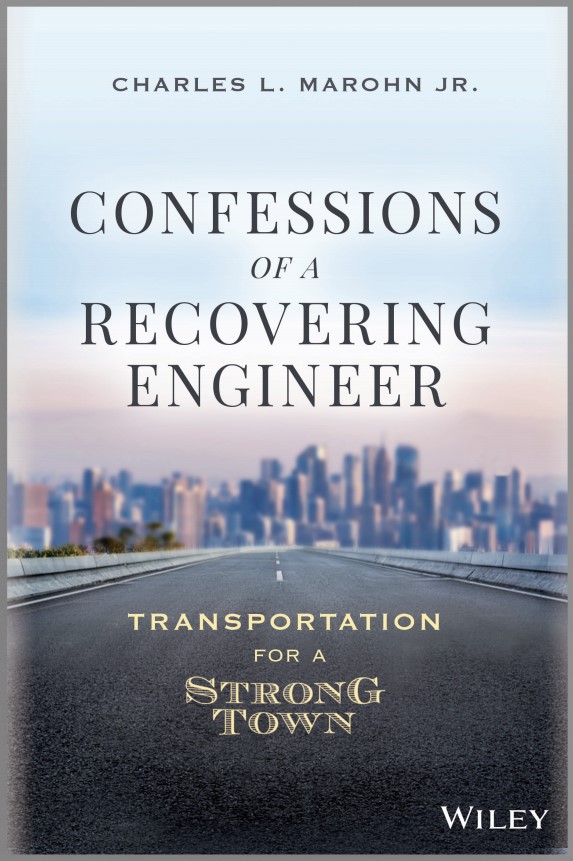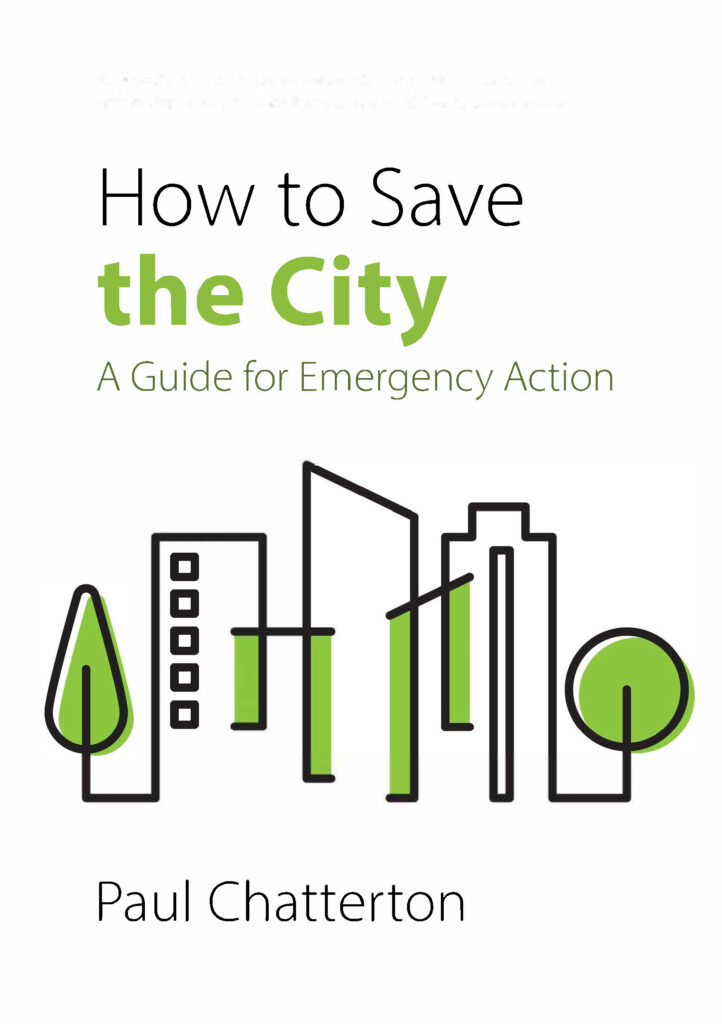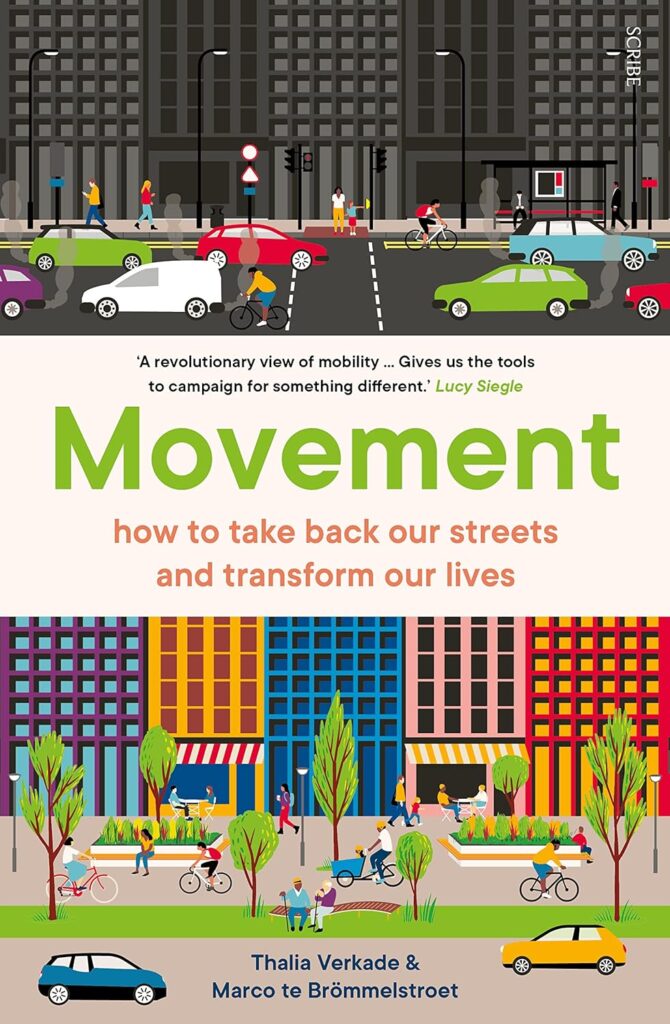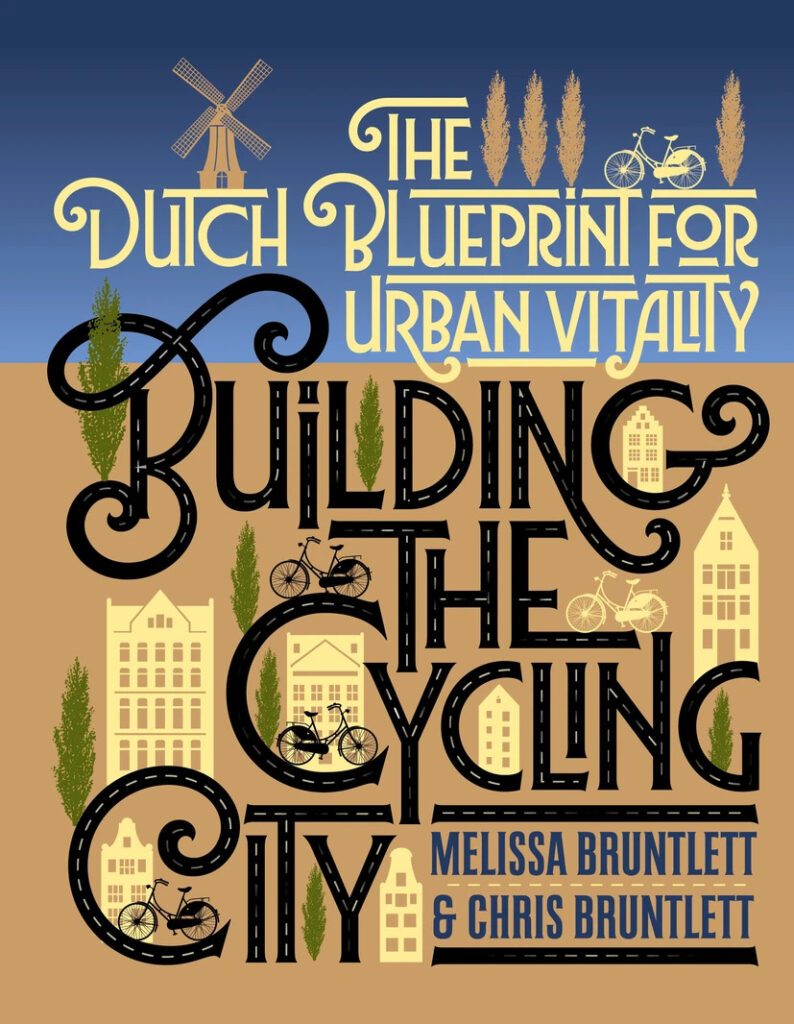
What is it about?
Charles Marohn is well-known the founder and president of the Strong Towns organization. In this book he takes us back to his earlier career of being a traffic engineer and his personal journey in recognizing the fundamental limitations of that professions. The reader is immediately drawn into that journey through a dialogue that Marohn, as traffic engineer, has with a concerned neighbour in a ‘street improvement’ project. I knew this composite conversation from a video on Youtube (https://www.youtube.com/watch?v=P9BUyWVg1xI), but in the book, Marohn adds the doubts and reflections that entered his own mind to it. Concluding the introduction with:
“I believed that my efforts to plan, design, and engineer transportation systems were a service to society, that I was part of creating a prosperous America that could be shared by everyone, and that the only impediments to success were a lack of funding and the political courage needed to stand up to naysayers. In all these beliefs and more, I was wrong. Utterly and shamefully wrong”
(p. xxiv, emphasis mine)
The red line in the book is a traffic crash in which a 7-year old child died after being hit by a car driver while crossing a typical American urban road. The central claim around that tragic, but systemic, tragedy is that it wasn’t the fault of the individuals involved. It is the result of the culmination of underlying choices and values that dictate how roads and streets are planned, designed and engineered.
With the aim of improving safety, traffic engineering has created public spaces in which fast motorized vehicles have taken a dangerous monopoly. By applying ‘forgiving’ design principles around the mistakes that drivers of such vehicles can make, these environments became unfriendly, or even hostile for everybody else. Traffic engineering starts out with the best intentions, but by not questioning the embedded values, end up creating streets and roads that neither serve mobility nor safety well.
“None of these decisions are merely technical; they are all somewhat discretionary and, thus, political”
(p.209)
The book then takes us through some central themes of traffic engineering. We find out that you can think about two important purposes of streets: to connect places of value (what roads should do), or create local prosperity (what streets should do). With choices that have solidified over time in guidelines and unquestioned norms (see also Prytherch and Norton), traffic engineers instead create ‘stroads’, places that combine elements of both, but that are detrimental to both purposes.
In discussing congestion, Marohn takes us into the practice of transportation modelling. Instead of using congestion as powerful feedback for a self-organizing system, projections ‘create a plausible narrative as to why more construction is both needed and helpful’(p. 92). This leads to a conservative tendency to oversize all transportation investments and -in the discussion of finance– to blindly focus on travel time savings of individuals, that most probably do not exist in this way.
“This goes beyond a lack of rigor to something rightly thought of as institutionalized dishonesty, a ubiquitous deception made acceptable only by its broad adoption. It is immoral and it needs to end”
(p. 139)
Further details are provided on how this works out for public transit (a potential wealth accelerator, but currently is an appendage it a dysfunctional auto-based transportation system), intersection design, the routine traffic stop by police (creating a series of negative feedback loops), and our naïve believe in new technology and fads.
Maybe one of the most powerful personal observations of Marohn is on the notion that as a traffic engineer you do not have a value free, outsider position to power and politics. You are a key player with stature who defines the limits of the problems and solutions that are discussed and who than even has to power to evaluate what comes out.
“I was one of them […] I was very good at it. I designed and built dangerous stroads, all while convincing myself that I was making things safer. I pushed politicians to spend more, using my insider knowledge to limit their options and force their hand in pursuit of what I felt was the greater good. I allied with those who wanted wider streets, faster speeds, and greater volume because we had shared interested that I believed were enlightened. […] I was not indoctrinated; I readily adopted [these thoughts] and took comfort in the trappings of a profession that gave me power and authority”
(p. 231)
What approach does it take?
The book builds on the personal reflections of the author on his journey through the traffic engineering profession. He uses projects and his personal context to illustrate where traffic engineering’s embedded values lead us to. At many points the book refers to an earlier book of Marohn Strong Towns: a Bottom-Up revolution to Rebuild American Prosperity (2019) but does not engage a lot with other thinkers and work on this topic which makes it a bit self-referential. Every chapter closes with very useful ideas about ways forward that are further developed on the book website www.confessions.engineer
Who might be interested in this book?
It is especially enlightening for people that feel frustrated about the design of their own street or the mobility system as a whole. To them, it shows what happens ‘behind the curtains’ that so often remain shut. What are traffic engineers doing, what do they mean when they use their jargon and how does this explain how the street is designed. It also offers many ideas that can help to mobility people in fighting for a change of this, for instance with setting up a Street Design team that iterates in solving day-to-day problems that occur on certain streets.
Next, the book can also be very valuable for (traffic) engineers in the field and especially those in the classrooms. It offers them a reflexive mirror on the skills and knowledge they often take for granted. And can help to start an internal discussion about how an individual, organisation or discipline wants to go forward. Are the embedded values and their outcomes still acceptable for the humans who apply them? And if not, how can a public and/or political debate be nurtured in which these values are contested?
Further details
- Academic disciplines: Traffic engineering, and too a limited extend urban design and urban economics
- Geographical scope: Urban contexts of the United States of America (but also the many other contexts that take their traffic engineering guidelines, norms and inspiration from there)
- Relation to cycling: It explains the hostile context in which cyclists have to cycle, but it does relatively little in taking that perspective into account in rethinking what the street could be
- Reference (APA): Marohn, C. (2021). Confessions of a Traffic Engineer: Transportation for a Strong Town, Wiley (New Jersey)



